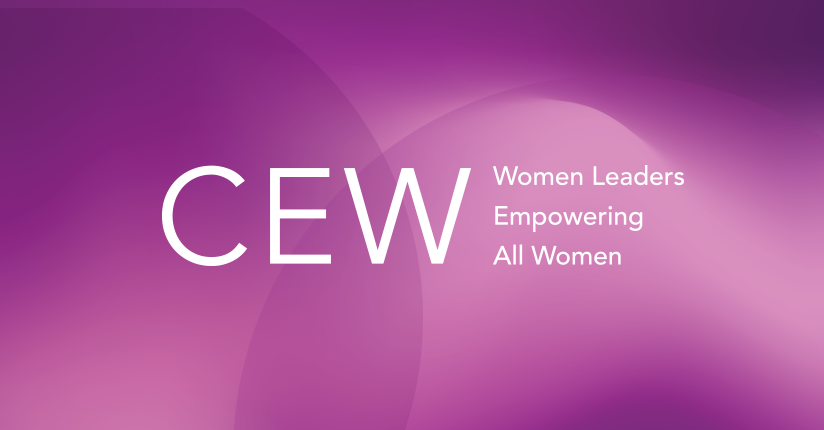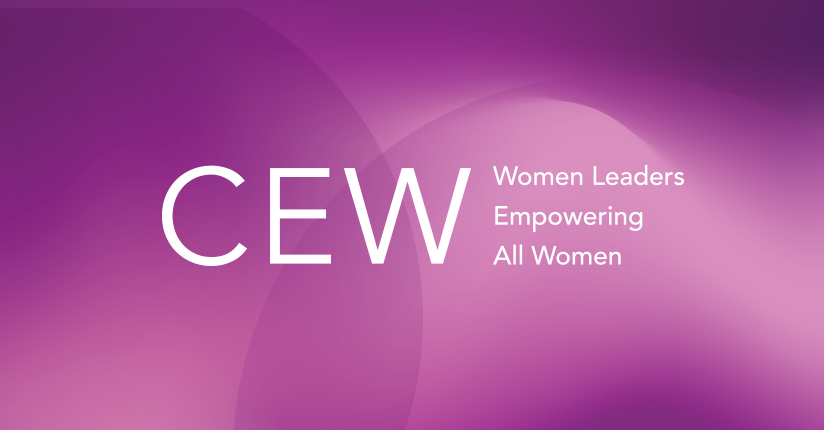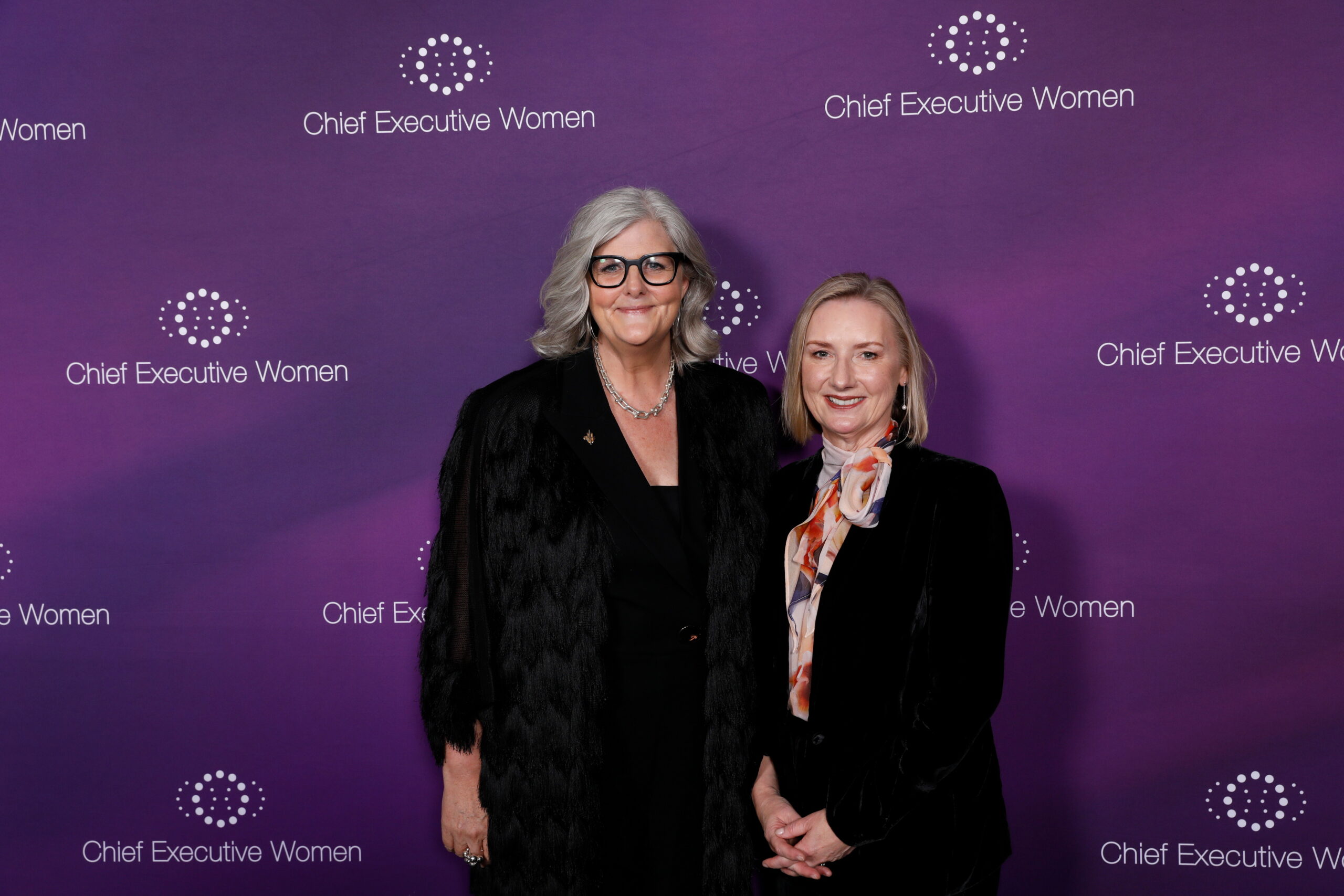CEW delivers a leading research, policy and advocacy agenda which is evidence-based, grounded in member engagement, and is aligned with our vision for women and men to have equal economic and social choices and responsibilities. CEW’s four policy pillars are:
1. Advancing women’s leadership
2. Enabling women’s workforce participation,
3. Strengthening women’s economic security including into retirement
4. Workplace flexibility for women and men.
These four critical issues are the foundation of our policy
strategy which aims to achieve gender equality and maximise Australia’s talent pool in pursuit of a thriving economy.























